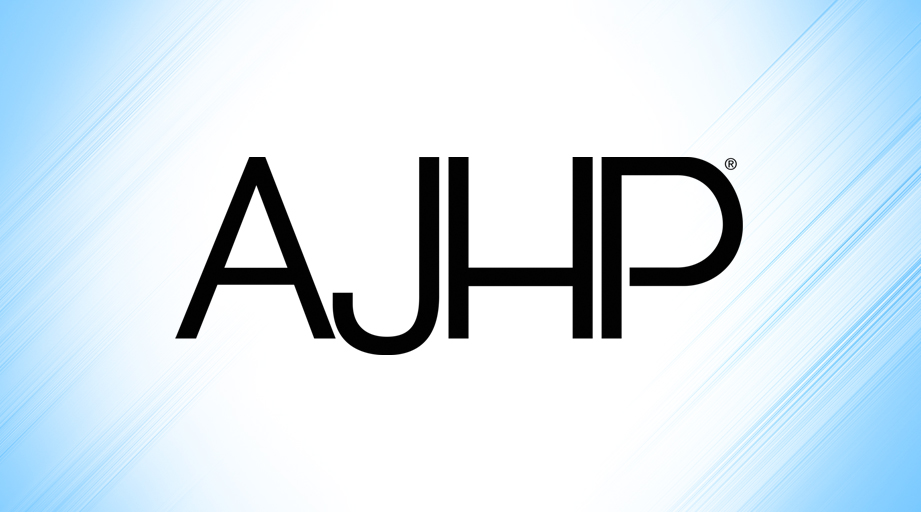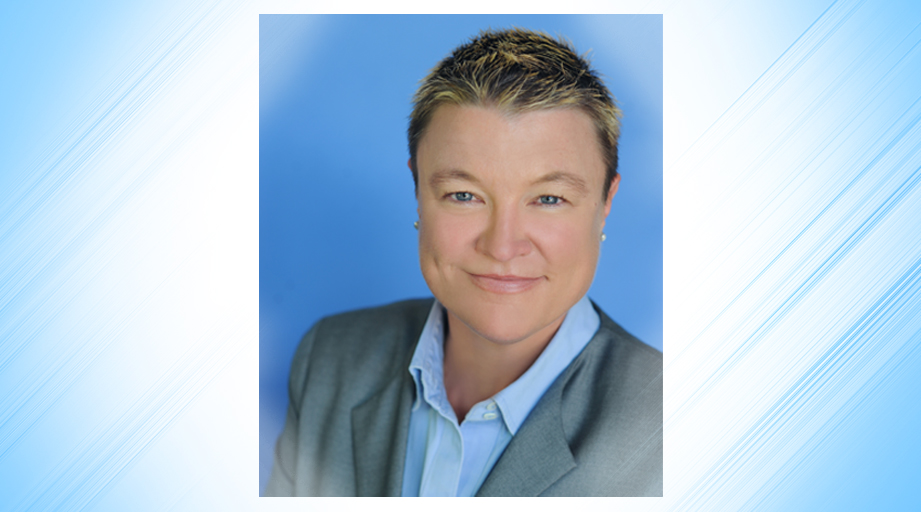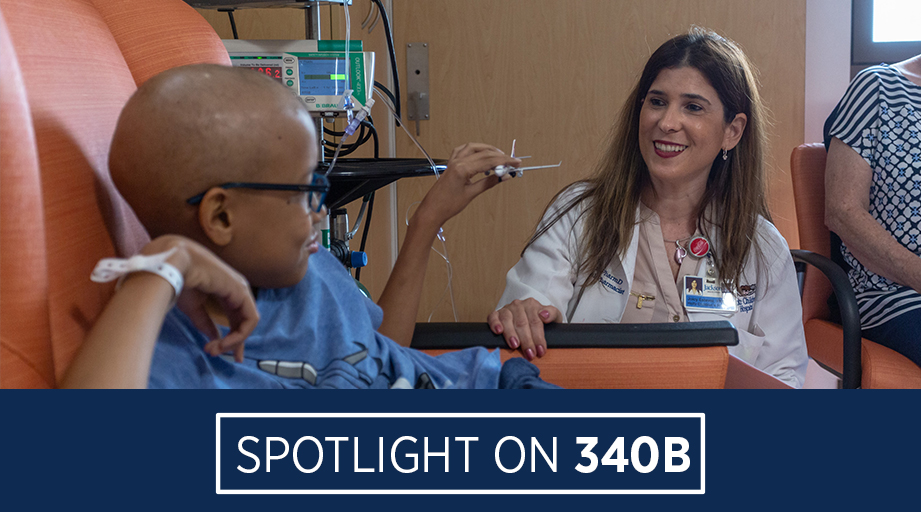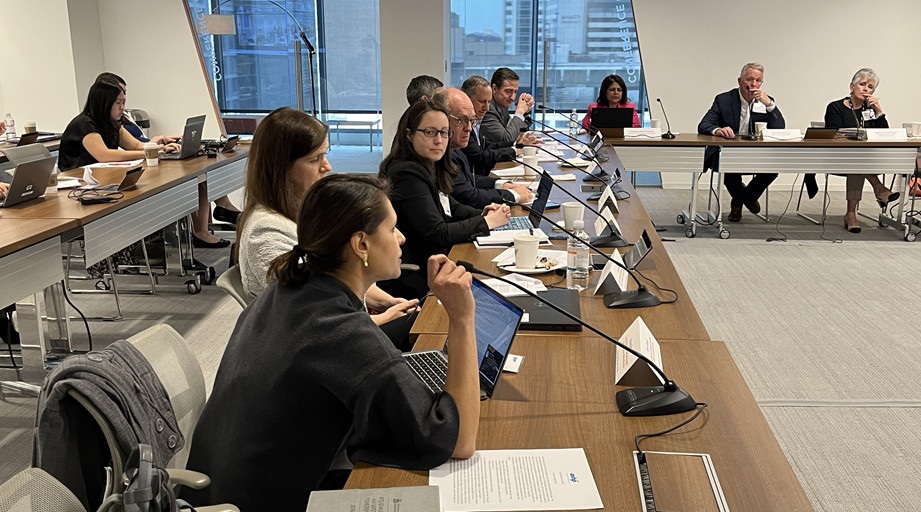
Pharmacists have a role to play in implementing the Joint Commission’s revised National Patient Safety Goal (NPSG) on preventing suicide in healthcare settings, says Jeannell Mansur, Principal Consultant for Medication Management and Safety with Joint Commission Resources.
“I think there are opportunities where they can support compliance and support patients,” she said.
Suicide is the 10th leading cause of death in the United States, and suicide rates are increasing nationally, according to the most recent data from the Centers for Disease Control and Prevention. The agency estimates that nearly 45,000 Americans age 10 years or older died by suicide in 2016.
Mansur said the Joint Commission considers suicide in hospital settings “a significant safety risk.”
According to the Joint Commission, that risk hasn’t improved since 2007, when the organization first implemented NPSG 15.01.01.
The NPSG was revised late last year to include seven new or updated elements of performance. Starting July 1, the revised NPSG applies to all Joint Commission-accredited hospitals and behavioral health organizations.
Mansur said the revisions are intended to make the NPSG more specific and to highlight current evidence-based best practices for suicide prevention.
All Joint Commission-accredited psychiatric hospitals and general hospitals with psychiatric units must comply with components of the first element of performance that require an assessment of the physical environment to identify and rectify features that could be used in suicide attempts.
The other performance elements apply specifically to the care of patients whose primary reason for hospitalization is to evaluate or treat a behavioral health condition. Resources to assist with compliance are available at the Joint Commission’s online Suicide Prevention Portal.
Mansur said the Joint Commission doesn’t expect pharmacists to lead the charge against suicide prevention. But she said pharmacists should know that the risk of suicide is real and that many factors, including medications, can affect that risk.
She noted that more than more than 120 prescription drugs have labeling that includes language about suicidal ideation or behavior. The warnings appear in the labeling of certain proton pump inhibitors, histamine H2-receptor antagonists, hormonal contraceptives, antimicrobials, anticonvulsants, β–blockers, antihypertensives, benzodiazepines, and other medications.
But Mansur cautioned that the clinical picture of how these drugs may affect suicide risk “is very mixed,” and that wholesale targeting of the drugs for all patients is not an effective way to manage suicide risk.
Instead, she said, a pharmacist might consider a focused review any time a patient shows signs that could indicate a risk for suicidal ideation or behavior.
She also said research indicates that nonpsychiatric patients may be at greater risk than psychiatric patients for medication-related increases in suicide risk.
“So unusual behavior or a change in affect in a patient who does not have that psychiatric history might be an alert to a pharmacist to look at medications,” Mansur said.
ASHP’s recently adopted 11-point policy on Suicide Awareness and Prevention (Policy 1901) calls for the development of clinically validated tools that pharmacy professionals can use to assess the influence of medications and other factors on suicidality.
The policy stresses the need for widespread education about suicide awareness and prevention and for healthcare entities to adopt a collaborative approach to the problem.
One thing pharmacists can do, Mansur said, is to learn about and administer validated tools that screen for suicidal ideation and behaviors.
The Department of Veterans Affairs (VA), as part of its focus on suicide prevention, has developed a strategy for standardized, evidence-based screening and structured methods for the subsequent evaluation of those who screen for positive for suicide risk, said Tera Moore, National Pharmacy Benefits Management (PBM) Program Manager for Clinical Practice Integration and Model Advancement in Washington, D.C.
The primary screening question, from the Patient Health Questionnaire–9, asks whether a patient has thought that they would be better off dead or has considered self-harm.
Moore said CPS practitioners who specialize in behavioral health provide additional support for suicide prevention efforts.
“Because they are an advanced provider in mental health, they may complete the secondary screen, which is the Columbia Suicide Severity Rating Scale,” Moore said.
Both screening tools are named in the Joint Commission’s NPSG documentation as examples of validated instruments to screen for suicidality.
Moore said this screening is part of the clinical team’s standard workup for veterans with a diagnosis of depression or posttraumatic stress disorder.
But she said VA’s clinicians are encouraged to use the tool any time they suspect a patient is at risk for suicide.
“It’s everybody’s responsibility to help with risk management for suicide, not just a certain specialty or type of provider,” Moore said. “It’s important that if the clinical pharmacy specialist recognizes any warning signs in the time that they’re providing care for that day that they would start the screening process and include the other members of the clinical team.”
She said this isn’t a hypothetical situation for VA’s CPS practitioners.
“It does happen in practice, particularly in the primary care setting,” she said. When a CPS identifies warning signs of suicidality, she said, the next step is to hand off the patient to a member of the Primary Care Mental Health Integration Team, such as a social worker or psychologist, for immediate additional screening and follow-up.
“It’s a collaborative approach for a suicide safety plan with the mental health team members,” Moore explained.
ASHP offers members a free online continuing education activity on suicide prevention, developed in conjunction with the Section of Ambulatory Care Practitioners. The activity features a presentation by Daina Wells, National Clinical Program Manager for the Veteran Health Administration’s PBM Academic Detailing Service.
[This news story appears in the November 15, 2019, issue of AJHP.]









